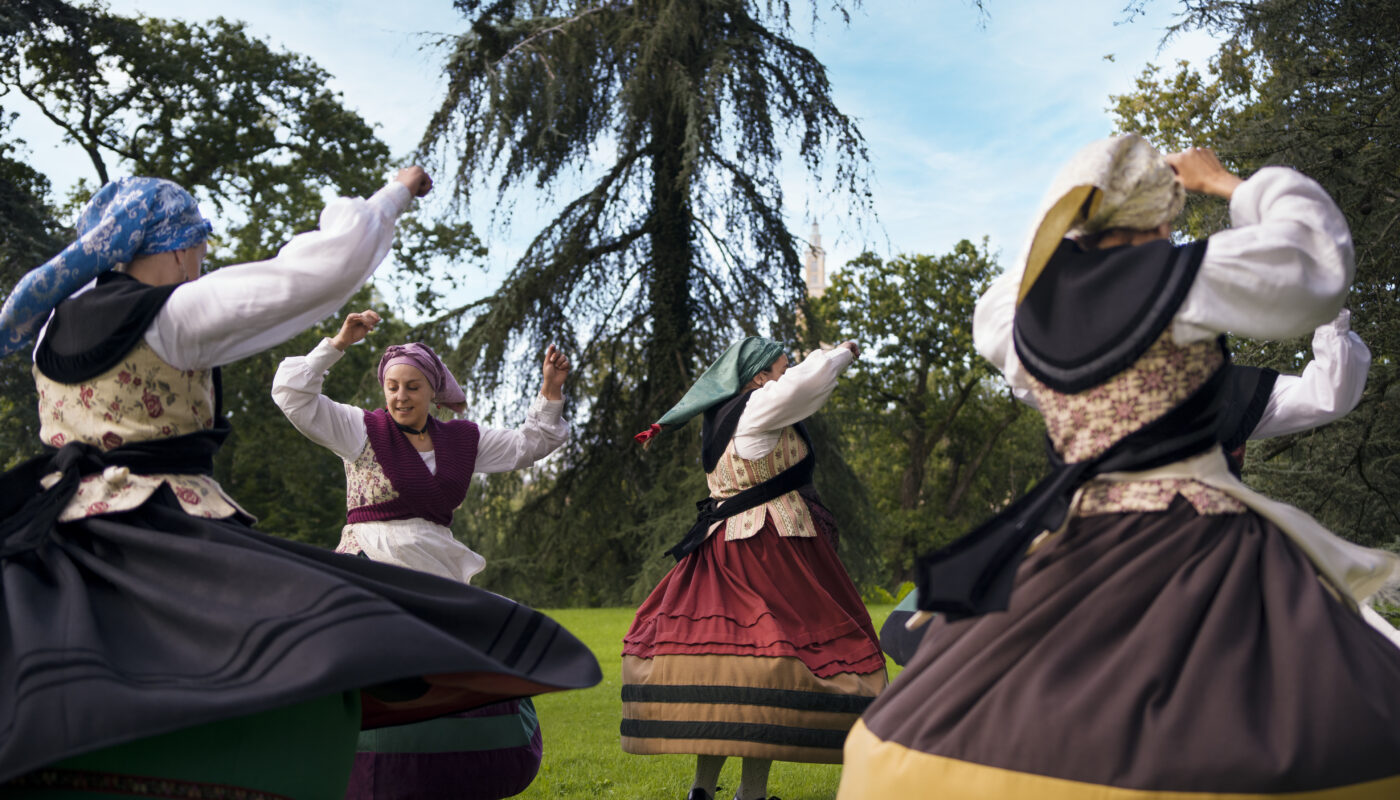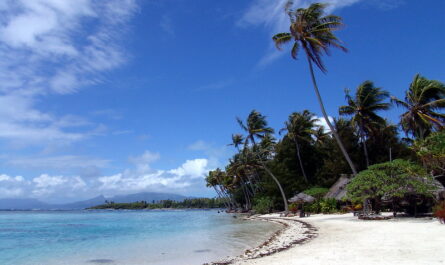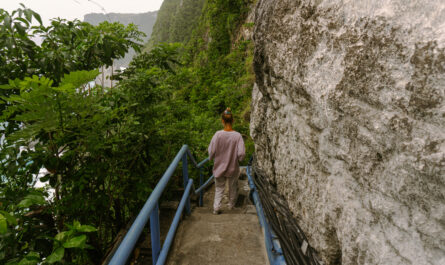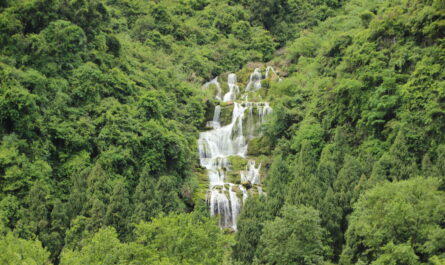Tutuila, the largest island in American Samoa, offers a fascinating glimpse into the traditions and heritage of the Samoan people. This lush, tropical island is not only a geographic gem in the Pacific Ocean but also a cultural stronghold where ancient customs meet modern influences. Known for its rich history, vibrant community, and deep connection to the land and sea, Tutuila serves as a testament to the enduring spirit of fa’a Samoa—the Samoan way of life.
This article delves into the cultural insights of Tutuila, exploring its traditions, practices, and the significance of its heritage in shaping Samoan identity.
The Essence of Fa’a Samoa
At the core of life on Tutuila is fa’a Samoa, a cultural framework that emphasizes community, respect, and familial bonds. This philosophy has guided Samoan society for centuries and continues to play a central role in the daily lives of its people. Among the most noteworthy practices are:
- Aiga (Family): Family is the foundation of Samoan culture. Extended families often live in close-knit communities, sharing responsibilities and resources. Elders hold a revered position, acting as guardians of wisdom and tradition.
- Matai System: The matai, or family chief, is a cornerstone of fa’a Samoa. Matai are responsible for leading their families, making decisions on behalf of their aiga, and representing them in village councils (fono). Their role is both administrative and ceremonial, ensuring harmony within the community.
- Respect and Hospitality: Respect, known as fa’aaloalo, is deeply ingrained in Samoan culture. Hospitality is a reflection of this respect, with guests often treated to warm welcomes, abundant feasts, and thoughtful gestures.
Traditional Practices and Ceremonies
Samoan traditions on Tutuila are rich in ceremonial significance, blending ancient customs with contemporary influences. Some of the most notable practices include:
Ava Ceremony
The ava ceremony is a hallmark of Samoan culture. It is a formal ritual performed during important events, such as welcoming dignitaries, weddings, and village meetings. Ava, a beverage made from the root of the kava plant, is prepared and served in a ceremonial manner. Each participant takes turns drinking from a shared cup, signifying unity and respect.
Pepe and Naming Ceremonies
Birth and naming ceremonies hold great importance in Samoan culture. Families gather to celebrate the arrival of a new member, often presenting gifts such as mats, tapa cloth, and food. The chosen name typically reflects familial ties, cultural values, or significant events.
Tattooing (Tatau)
The art of tatau, or tattooing, is a revered tradition in Samoan culture. For men, the pe’a is a full-body tattoo from the waist to the knees, symbolizing courage, commitment, and status. Women often receive the malu, a more delicate tattoo that reflects grace and cultural identity. These tattoos are applied using traditional tools and techniques, a process that is both painful and deeply symbolic.
Art and Craftsmanship
Tutuila is home to a wealth of artistic traditions that reflect the island’s history and cultural pride.
Siapo (Tapa Cloth)
Siapo is one of the most iconic forms of Samoan art. Made from the bark of the mulberry tree, siapo is decorated with intricate patterns and designs using natural dyes. These cloths are used in ceremonies, as gifts, and as decorative pieces.
Weaving
Weaving is a skill passed down through generations. Women create finely crafted mats, baskets, and fans using pandanus leaves. These items are not only practical but also play a central role in cultural exchanges and ceremonial gifts.
Wood Carving
Wood carving is another cherished tradition on Tutuila. Artisans craft canoes, bowls, and ceremonial items, often embellishing them with symbolic motifs that tell stories of ancestry and the natural world.
Music and Dance
Music and dance are integral to the cultural fabric of Tutuila, serving as expressions of joy, storytelling, and community unity.
Siva
The siva, or Samoan dance, is characterized by graceful movements and expressive gestures. It is often performed during celebrations and gatherings, accompanied by singing and drumming. The siva showcases the dancer’s connection to their culture and the land.
Fa’ataupati (Slap Dance)
Performed exclusively by men, the fa’ataupati is an energetic dance that involves rhythmic slapping of the body and stomping. It is both a display of strength and a celebration of Samoan identity.
Traditional Music
Traditional Samoan music features instruments like the pate (wooden drum), conch shells, and stringed instruments. Singing, whether in a choir or solo, is a cherished form of expression that often carries spiritual or historical themes.
Cuisine and Communal Feasting
Food is a central aspect of Samoan culture, with communal feasting serving as a way to celebrate and strengthen bonds. On Tutuila, traditional cooking methods and local ingredients create a distinct culinary experience.
Umukai (Earth Oven)
The umu is a traditional earth oven used to cook food for large gatherings. Hot stones are placed in a pit, and food such as taro, breadfruit, fish, and pork is wrapped in banana leaves and placed on top. The umu method infuses the food with a smoky, earthy flavor.
Seafood Delicacies
As an island community, seafood is a staple in the Samoan diet. Popular dishes include oka (marinated raw fish), grilled fish, and octopus. These dishes are often seasoned with coconut cream, lime, and local herbs.
Tropical Fruits
Tutuila’s fertile land produces an abundance of tropical fruits, including mangoes, papayas, bananas, and coconuts. These fruits are enjoyed fresh or incorporated into desserts and beverages.
Religion and Spirituality
Religion plays a vital role in the lives of the people of Tutuila. Christianity is the dominant faith, introduced by missionaries in the 19th century. Churches are central to community life, serving as places of worship, education, and social gatherings. Sunday is observed as a sacred day, marked by church services, family meals, and rest.
Traditional beliefs also persist, often blending with Christian practices. For example, respect for ancestral spirits and the natural world remains an integral part of Samoan spirituality.
Preservation of Culture
Despite modernization and external influences, the people of Tutuila remain committed to preserving their cultural heritage. Efforts include:
- Cultural Education: Schools and community programs teach young Samoans about their history, language, and traditions.
- Festivals: Events like the Flag Day celebrations showcase Samoan dance, music, and crafts, fostering cultural pride.
- Environmental Stewardship: Recognizing the connection between culture and the environment, many initiatives focus on preserving the island’s natural resources.
Conclusion
Tutuila’s cultural traditions and heritage are a testament to the resilience and vibrancy of the Samoan people. From the values of fa’a Samoa to the artistry of siapo and the rhythm of the siva, every aspect of life on this island reflects a deep connection to ancestry and the land. For visitors, experiencing the cultural richness of Tutuila offers not only a glimpse into Samoan life but also a profound appreciation for a way of life that values community, respect, and harmony with nature.
By celebrating and preserving these traditions, Tutuila continues to inspire and educate future generations, ensuring that the legacy of fa’a Samoa remains strong and enduring.



